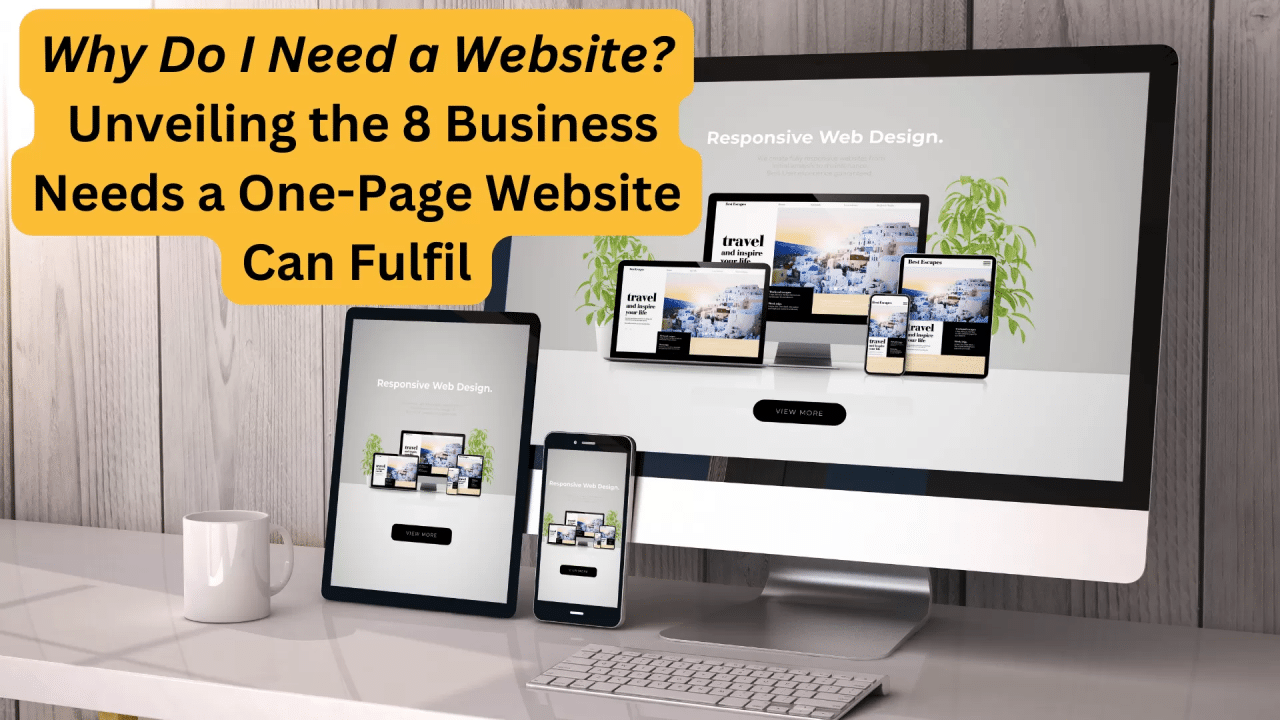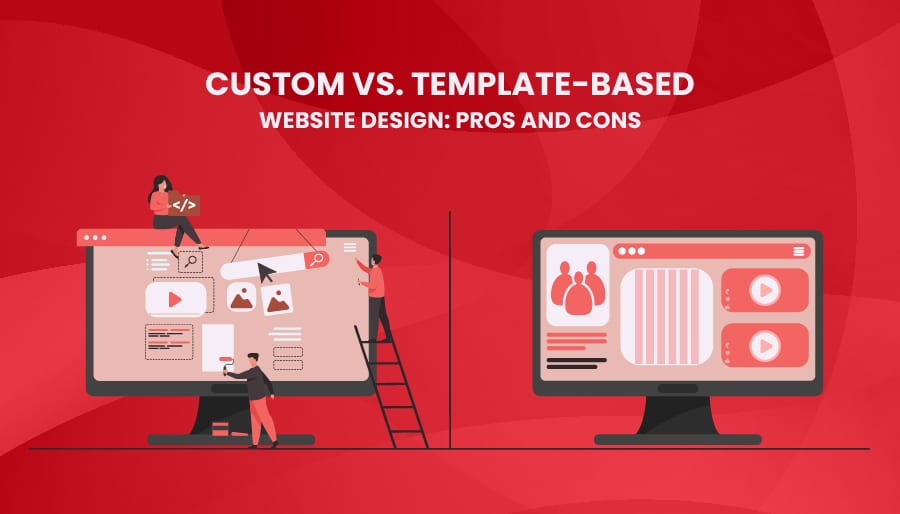How Long Does It Take to Build an E-commerce Website?
Building an e-commerce website is a critical step in launching an online business, but one of the most common questions people ask is: how long does it take to build an e-commerce website? The time it takes to develop a site varies greatly based on a number of factors, including the complexity of the site, the functionality required, the platform you choose, and the resources available. In this article, we’ll walk through the essential elements that affect the development timeline and give you a clearer idea of what to expect when building your e-commerce site.

Factors That Influence the Time It Takes to Build an E-commerce Website
There are several factors that impact how long it takes to build an e-commerce website. These include the complexity of the design, the features required, and whether you’re building the site from scratch or using an existing platform. Let’s take a closer look at the key factors that influence the development timeline.
Website Complexity and Features
The complexity of your website plays a huge role in the timeline. A simple e-commerce website with just a few pages and basic features (like product listings, a shopping cart, and payment integration) may only take a few weeks to develop. However, if you’re building a custom site with advanced features such as product filters, a complex checkout process, customer reviews, or a subscription-based service, the development time can increase significantly.
The more advanced your e-commerce features (like integration with third-party apps, advanced security measures, or a custom design), the longer it will take to complete the site.
Design and User Experience
Design is another important factor. A custom-designed e-commerce website with unique layouts and visual elements will take more time to develop than a simple template-based design. Design involves the overall look, feel, and functionality of the website. An intuitive and visually appealing design is crucial to user experience (UX) and can impact how long visitors stay on the site and whether they make a purchase.
Developing a design that reflects your brand, while being functional and user-friendly, often requires collaboration between designers, developers, and marketing teams. This process can take anywhere from a few weeks to a couple of months, depending on the complexity of your design requirements.
Platform Selection: Custom or Pre-Built?
The platform you choose for your e-commerce website can also significantly impact development time. There are two main options for e-commerce website development: custom-built solutions and pre-built platforms (such as Shopify, WooCommerce, or Magento).
Custom-built websites involve developing the site from the ground up, using programming languages like HTML, CSS, JavaScript, and more. This is a time-intensive process and may take several months, depending on the level of customization.
Pre-built platforms offer a quicker solution by providing templates and built-in features that allow you to launch your website much faster. With these platforms, the timeline is typically shorter, ranging from a few weeks to a couple of months.
The Phases of Building an E-commerce Website
E-commerce website development typically follows several stages, each with its own set of tasks. Understanding these phases will give you a clearer idea of the time it takes to build an e-commerce website.
Planning and Discovery
The planning phase is where the foundation for your website is laid. During this phase, you’ll discuss goals, target audience, required features, and the overall vision for your website. You may also select a platform or decide whether you need a custom solution.
This phase usually takes 1 to 2 weeks. The time spent during this stage ensures that everyone is aligned on the project’s objectives and helps avoid potential setbacks later in development.

Design and Prototyping
After planning, the next phase is design. This is where the user interface (UI) is created, and the look and feel of the website take shape. Designers will create wireframes and mockups based on your specifications, and these designs will be refined through feedback and revisions.
If you’re going for a custom design, this stage could take 3 to 6 weeks. For template-based designs, this can be much quicker, possibly 2 to 4 weeks, depending on how much customization is needed.
Development and Coding
Once the design is finalized, the development phase begins. During this stage, developers write the code necessary to turn the designs into a fully functional e-commerce site. This includes integrating the shopping cart, payment systems, inventory management, and product pages.
For a basic e-commerce website, the development phase may take anywhere from 4 to 6 weeks. For more complex sites with custom features, this stage can take 8 to 12 weeks or longer.
Testing and Quality Assurance
Testing is a crucial part of the development process, as it ensures that your site functions properly and is free from bugs. It includes testing for responsiveness (how the site looks on mobile and desktop), user experience, payment gateway integrations, and more.
The testing phase generally takes 2 to 3 weeks, depending on the complexity of the site. This phase can be extended if major issues are identified that need to be resolved.
Launch and Post-launch Activities
Once testing is complete, the site is ready to go live. The launch phase involves transferring the site to the live server, setting up domain names, and making the site accessible to the public. After the website launches, you may want to monitor it for performance, make any necessary adjustments, and begin marketing your site to attract customers.
Post-launch support and maintenance are essential to keep the site running smoothly. This phase doesn’t have a fixed timeline but requires ongoing attention.
Average Time to Build an E-commerce Website
Now that you have an understanding of the key phases involved in building an e-commerce website, let’s summarize the average timelines.
For simple e-commerce websites, which include basic features and templates, the process could take anywhere from 1 to 3 months. This includes planning, design, development, testing, and launch.
For complex e-commerce websites, which require custom designs, unique functionality, and third-party integrations, the process can take anywhere from 4 to 6 months or even longer, depending on the scope of the project.
Conclusion
The time it takes to build an e-commerce website can vary widely depending on the complexity, features, platform choice, and development process. A basic, template-based site may be completed in a few weeks, while a fully custom-built website could take several months. By understanding the stages of development and factors that influence the timeline, you’ll be better equipped to plan your e-commerce website and set realistic expectations for its launch.
Whether you’re creating a small online store or launching a larger-scale e-commerce platform, be sure to factor in time for design, development, testing, and post-launch support. This will help ensure a smooth, successful website that delivers a great user experience and drives business growth.






